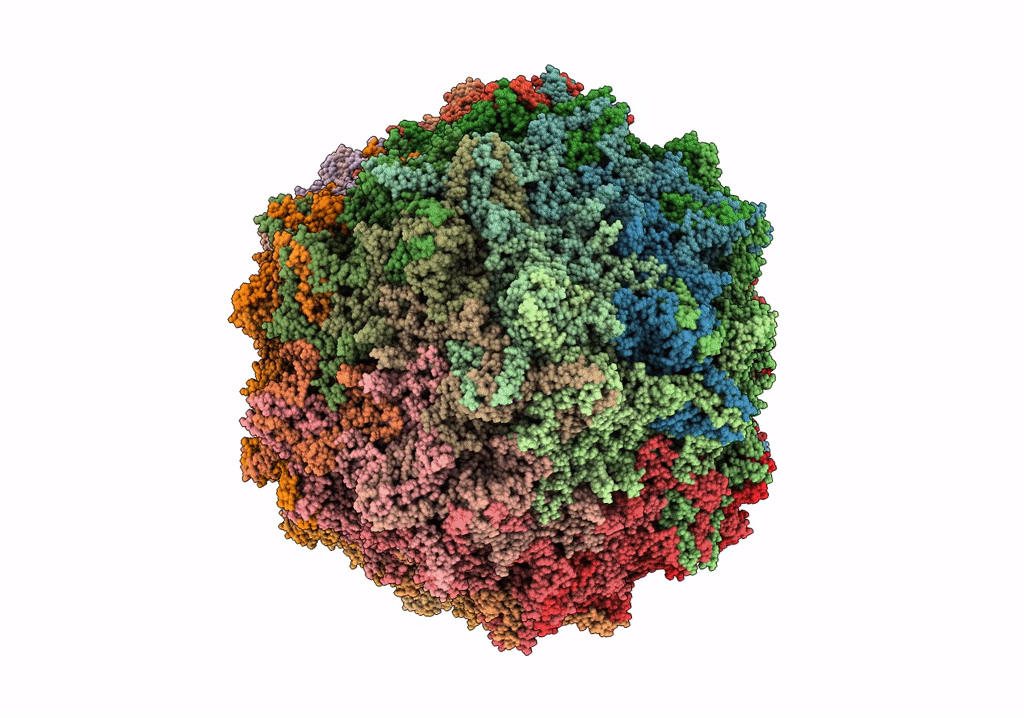
Deposition Date
2020-04-04
Release Date
2020-06-24
Last Version Date
2025-05-14
Entry Detail
Biological Source:
Source Organism:
Bat adeno-associated virus (Taxon ID: 740950)
Host Organism:
Method Details:
Experimental Method:
Resolution:
3.03 Å
Aggregation State:
PARTICLE
Reconstruction Method:
SINGLE PARTICLE


